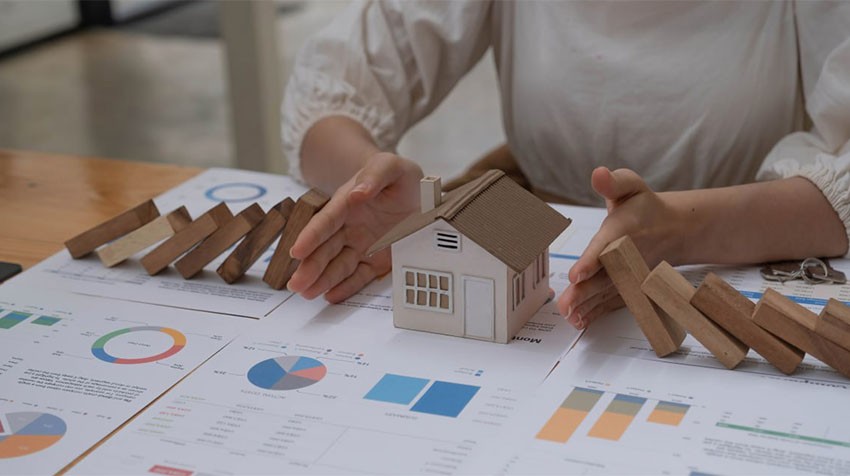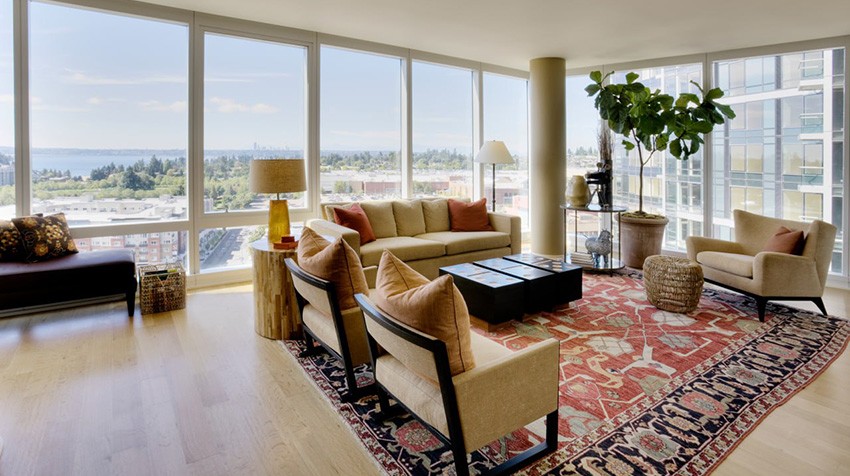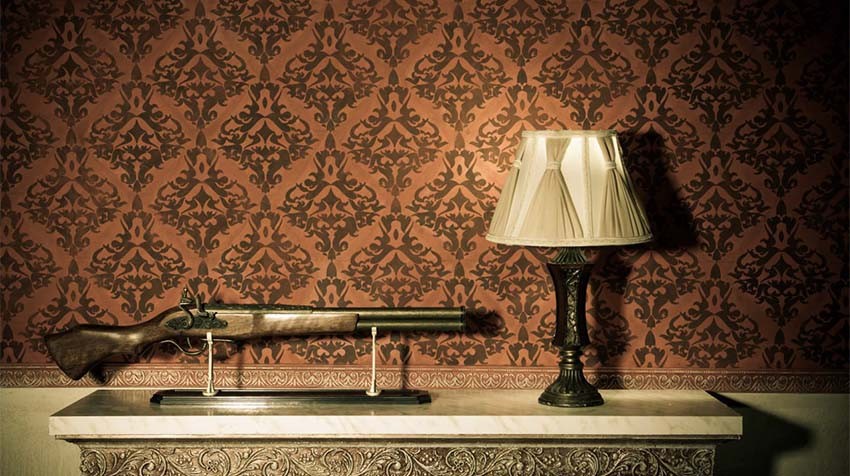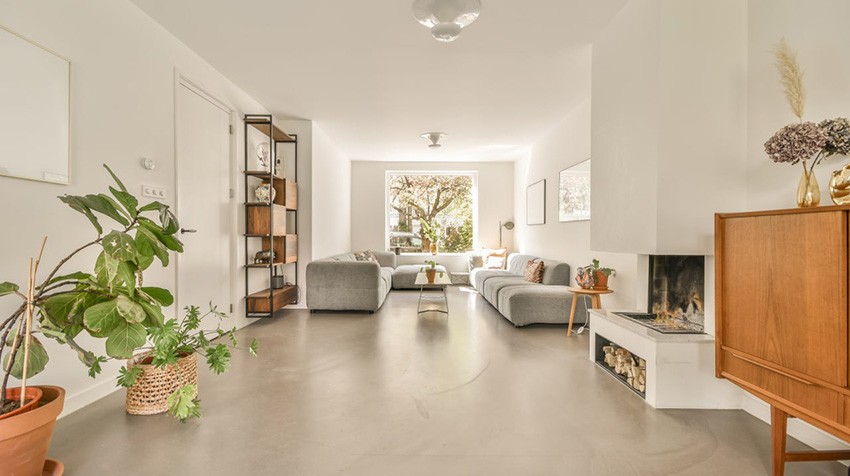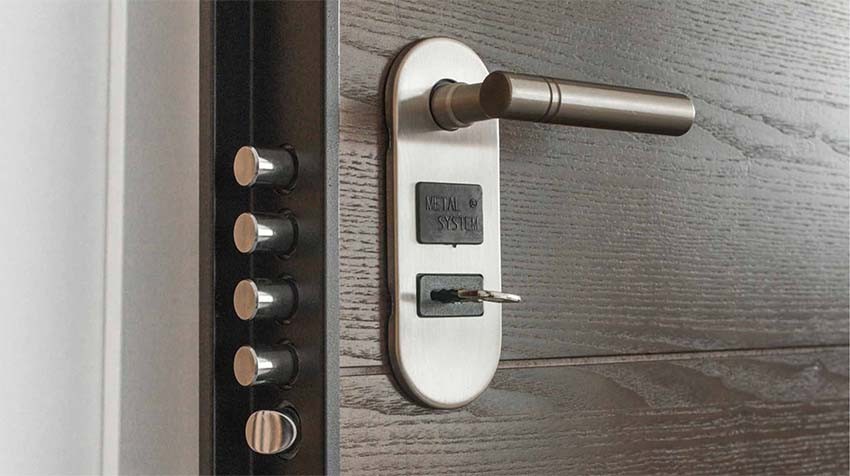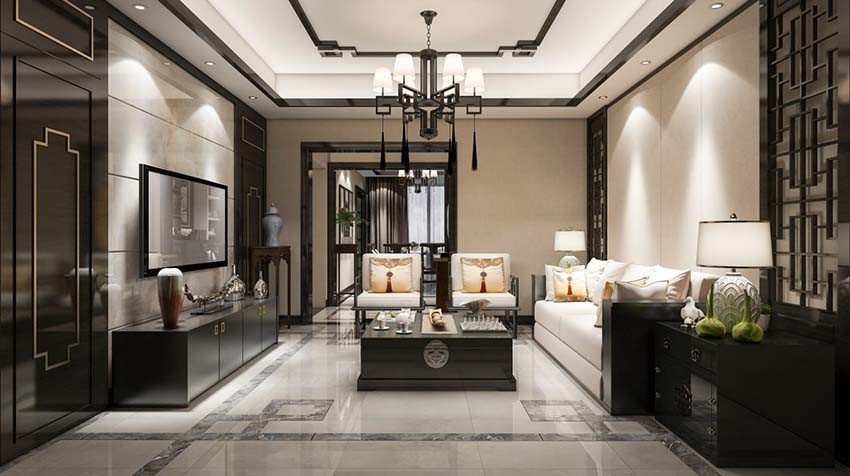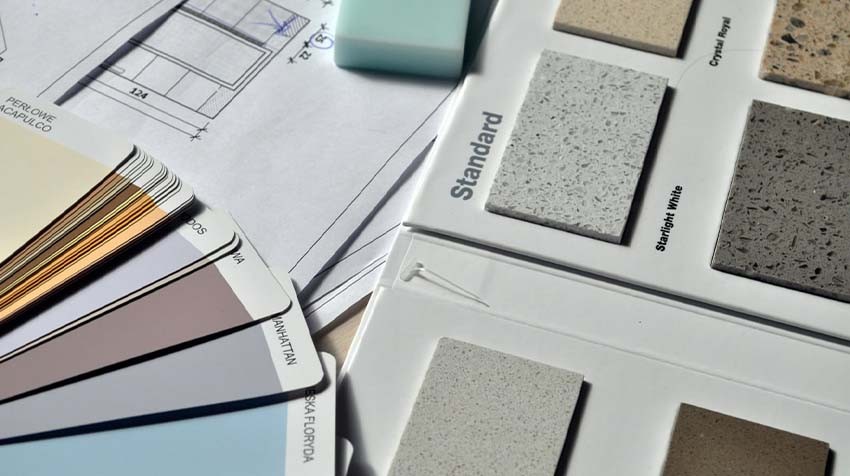
The Renovation Reality Check
The Renovation Reality Check — How to Make Your Space Transformation Easy, Effective, and Exactly What You Envisioned
If you’ve ever looked around your home or office and felt the urge for change—real change—you’re not alone. But that initial spark of inspiration often collides with the messy, confusing world of renovation: contractors who ghost you, budgets that balloon, timelines that drift, and decisions that somehow multiply by the hundreds. And suddenly, what was supposed to be an exciting transformation becomes something you dread.
1. Start With Clarity, Not Pinterest
Let’s start with the most important (and most overlooked) part of the process: clarity. It’s tempting to dive into Pinterest or start collecting screenshots of dream kitchens, but clarity beats inspiration every time. Ask yourself: What’s not working in this space right now? Where is the friction? Is it the layout, the lighting, the lack of storage, or just the feeling that this space doesn’t reflect who you are anymore? Go deeper and ask how you want to feel when you walk in. Relaxed? Energized? Focused?
These questions sound simple, but they’re foundational. If you skip them, you might end up with a beautiful room that still doesn’t work for your life. Write down your non-negotiables—things you absolutely need this space to have or solve. Then list your nice-to-haves. These two lists will act as your compass when things get complicated, which they inevitably will.
2. Budget Like a Realist
Next comes the budget. And here’s the honest truth: no one enjoys this part, but it’s where most renovations rise or fall. People often start with a dream and then awkwardly squeeze it into a number they hope is enough. That’s backwards. Instead, build your budget with realism. Add a buffer—always.
We recommend at least 15 to 20 percent more than your initial estimate. Not because disaster is around the corner, but because choices change, prices shift, and when you’re in the middle of the process, the temptation to upgrade is strong. That hidden beam you didn’t know was there? It costs money to move. That gorgeous tile you spotted halfway through? It’s double the price. Planning for this upfront doesn’t just save money—it saves stress.
Break your budget into categories so you know where your money is going: construction, design elements, professional fees, and contingency. If something has to give, reduce scope, not quality. Don’t compromise on surfaces you touch every day—like flooring, countertops, or seating. These are the pieces that define your daily experience.
3. Design for Your Life, Not for Likes
Another critical mindset shift: design for your life, not for Instagram. The internet is flooded with stunning interiors that photograph beautifully but fail in the real world. A floating sink with no storage might look elegant—but where will you keep your essentials? A velvet sofa in a high-traffic family room may become a regret, not a highlight.
Always come back to functionality. Who uses this space? How do they move through it? What do they need from it that they’re not getting today? These are the foundation of intelligent design. When your space supports your actual life, it looks good and feels right.
4. Choose the Right Team, Not Just the Right Price
Then there’s the team. You’ll need professionals to bring your vision to life, and choosing the right ones is about more than skill—it's about chemistry and communication. Don’t just go with the cheapest quote or the most popular Instagram account. Take the time to interview multiple people: contractors, designers, sometimes even a project manager if your renovation is complex or if you’re balancing work and family life.
Ask for references, and don’t be shy about calling past clients. You want someone who listens, communicates clearly, respects your budget, and follows through. Beware of vague contracts, unclear timelines, or people who talk over you instead of with you. A great renovation team is executing the plan, collaborating with you to refine and improve it.
5. Plan Every Inch—Then Let Life Happen
Planning is the next big hill to climb. Every inch of your space should be considered. It includes color palettes, furniture layouts, power outlets, door swings, ceiling heights, and material transitions. Good design is logistical, not just aesthetic. The more detailed your plan, the fewer the surprises.
That said, surprises still happen. Walls open to reveal unexpected pipes, or city permits cause delays. Flexibility is essential. The most successful projects We’ve seen weren’t perfect—they were adaptive. Those who stayed open, communicative, and solution-focused always came out better than those who clung to rigidity.

6. Don’t Live in the Mess if You Can Avoid It
One of the smartest (and often most overlooked) decisions? Don’t live in the mess if you can avoid it. We’ve seen people try to stay in their homes during a renovation, and almost all of them regretted it. It sounds doable on paper, but when you’re brushing your teeth in the kitchen sink and dodging drywall dust for weeks, it wears you down. If moving out isn’t an option, create clear zones. Seal off construction areas, use air purifiers, and keep one space clean, quiet, and functional. Your mental health will thank you.
7. Document Everything. Yes, Everything.
Throughout the project, document everything. I mean everything. Keep contracts, design plans, receipts, swatches, paint codes, and delivery schedules in one digital folder. Take progress photos. Track changes. It may seem like overkill, but when a cabinet doesn’t fit or a tile is out of stock, you’ll have the information you need to make fast, informed decisions. This also helps down the road—years later, when you want to replace a part or touch up a wall, you’ll be glad you kept records.
8. Don’t Settle for “Good Enough”
As the project nears completion, don’t lose steam. The final ten percent of any renovation—the finishing touches, punch list, styling—is where the project either lands or limps. It’s easy to get impatient and start settling for “good enough,” but this is when you need to double down.
Walk the space with your contractor or designer. Make a punch list of anything unfinished or off-spec. And hold the team accountable. You’ll be looking at that misaligned cabinet door or mismatched grout line for years. Don’t accept “we’ll fix it later.” Later never comes.
9. Live In It Before You “Complete” It
Lastly, once everything’s in place, give yourself time to live in the space before rushing to style it completely. See how the space works. What areas feel natural? What corners still feel empty? A great space reveals itself over time, and layering in art, accessories, and lighting with intention makes it feel like a home—not a showroom.
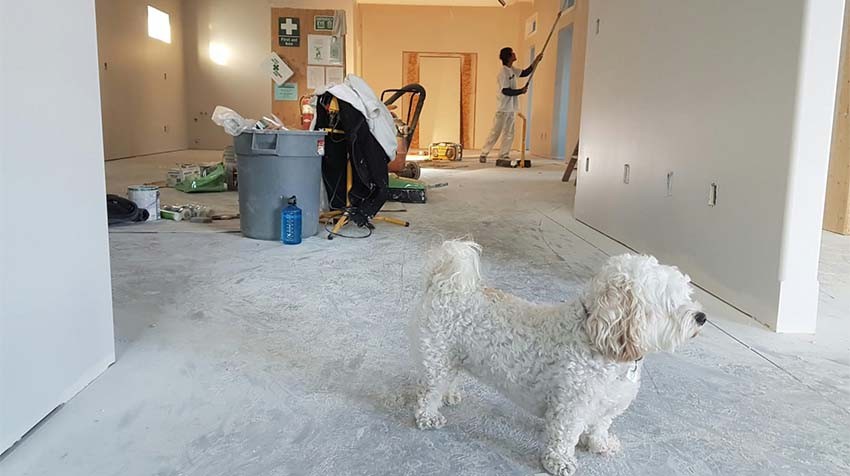
10. Use AI to Make Smarter, Faster Renovation Decisions
One of the most useful applications of AI right now is in design visualization. Instead of imagining how a new layout or finish might look, there are tools that can generate real-time mockups using just a photo of your space. Platforms like Interior AI, Remodel AI, and RoomGPT allow you to preview multiple design options—flooring, wall colors, lighting, even furniture placement—within seconds. This doesn’t replace a designer’s expertise, but it does give you more clarity, earlier in the process.
AI is also making a difference in budgeting and planning. New tools like Houzz Pro, Magicplan, and Buildxact can help you estimate costs based on your location, square footage, and materials—even flag where your numbers may be unrealistic. This makes early-stage planning more accurate and gives you a head start when speaking with professionals.
Another growing use case is space optimization. AI-driven layout tools such as Planner 5D, Homestyler, and ReimagineHome can analyze your floor plan and suggest better ways to use your space—especially helpful in smaller homes or offices where every inch matters. These recommendations are based on real use patterns and design logic, not just aesthetics.
The goal here isn’t to replace professionals—it’s to support them, and you, with better tools. AI gives you more visibility, fewer blind spots, and the confidence to move forward with decisions that fit your life and your budget. And when used well, it reduces the chance of expensive changes mid-project or regret when it’s too late to fix something.
Renovating is still a human process. But when you combine clear thinking, good planning, and the right technology, you set yourself up for a smoother, smarter experience—and a result that feels intentional from start to finish.
Renovation should be seen as a relationship. Between you and your space, you and your design team, and most importantly, you and the life you want to build. If you approach it with intention, patience, and the right mindset, the result is deeply personal. And when that happens, you won’t just see the difference. You’ll feel it every single day.
So don’t aim for “better than before.” Build exactly what you need, exactly how you want it—and make every square inch earn its place.





